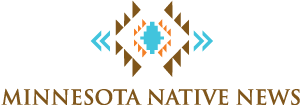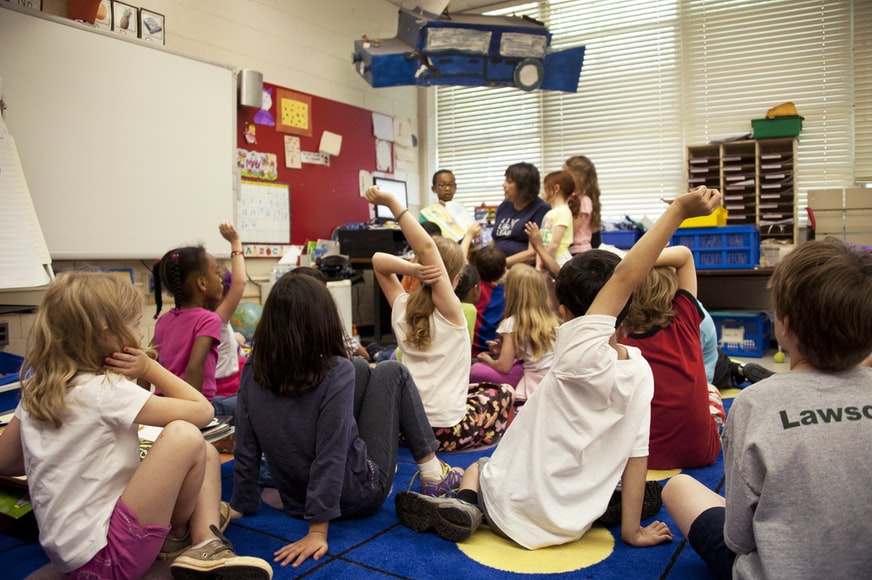According to a recent survey, a majority of Minnesotans support more lessons on Native American studies for K-12 students. Tiffany Bui reports:
Minnesotans across the political spectrum want to see an expanded curriculum on Native American culture, history and tribal government. That’s according to a survey conducted by the Understand Native Minnesota campaign. Of the 800 people surveyed, 90% supported the idea. The study was commissioned by the Shakopee Mdewakanton Sioux as part of their efforts to change the narrative about Native Americans in the state.
Rebecca Crooks-Stratton, secretary and treasurer of Shakopee Mdewakanton Sioux Community, says the results put real data behind the organization’s efforts to create a more nuanced understanding of Native Americans and tribes in Minnesota.
“When people think about Native education, they think of history and social studies. But I think there’s room for Native education in civics courses, in science courses,” said Crooks-Stratton. “So I think there are a lot of really great opportunities to incorporate it across all disciplines and grade levels.”
The Shakopee Mdewakanton Sioux Community launched Understand Native Minnesota in 2019. Crooks-Stratton says she’s seen growing support statewide for better education on Native American history, which is key to helping Indigenous students feel more comfortable in their classrooms.
“I’ve got three kids. I don’t think they get to see themselves reflected in an education. And I think that is part of the reason we see such a divide here in Minnesota from, you know, middle class, white mainstream students to people of color,” she said.
A 2017 nationwide study by Reclaiming Native Truth found that 70% of Americans supported “significant changes” to school curriculum “to ensure accurate Native history and culture are taught.” Crooks-Stratton thinks there are a few reasons why more Minnesotans agree.
“We’ve had some, some big issues that, you know, highlight the racial tensions here in the state, and I think those have created an increase in wanting to know more about different histories and cultures,” said Crooks-Stratton. “I think there’s more visibility of Native Americans with Lieutenant Governor Flanagan; there’s just more talk about Native people across the state.”
Brenda Child, a professor of American Indian Studies at the University of Minnesota, says state standards on teaching Native American history in schools have developed significantly. Guidelines have broadened beyond history, to include Native American art, music and literature in the present day.
Beyond attending powwows or other cultural events, Child says it’s important that students learn tribes are sovereign nations.
“Living together in Minnesota or in the United States, people have to know the political boundaries sometimes,” said Child. “Understanding that tribes control things like the placement of their children and foster care – my own tribe has tribal courts, we have our own police force, that kind of thing – I think it’s very important for young people to get that understanding of tribes very early on.
“I think the [education] standards are perfectly appropriate,” she said. “But where some of the problem lies is that teachers coming out of colleges of education going into schools aren’t necessarily prepared for [teaching] that.”
Her solution? Aspiring teachers should consider taking American Indian studies classes.
“I teach courses not just on history, but federal Indian policy,” Child explained. “I’m teaching a class on Indians in Minnesota, specifically next semester. So those things are all here – they’re not missing. We’re one of the best departments of its kind in the country. And so people have to find their way there.”
Crooks-Stratton says students learning about Indian Country need to have their lessons come from the source.
“We’re not only working with educators but working with tribes and Indian people to make sure that the materials that are out there reflect, you know, a true and honest narrative from native perspectives, too,” she said. “I think a lot of times the resources that are out there are predominantly from a Western white perspective, so it misses a lot of the Native American narrative.
“Everybody has a diverse narrative,” she added, “and I think it’s important to ensure that that diversity is in our education system.”
Tiffany Bui reporting for Minnesota Native News
Subscribe to Minnesota Native News in your favorite podcast app
- The Sugarbush Tradition Continues in Minnesota’s Urban Areas, and Khayman Goodsky’s New FilmANCHOR Marie Rock: This is Minnesota Native News, I’m Marie Rock. This week, we hear about Minnesotans continuing the old tradition of sugarbush in urban areas. Plus, a look at …
- Sherburne National Wildlife Refuge Faces Staffing Cuts; Headlines Affecting Indigenous MinnesotansANCHOR Marie Rock: This is Minnesota Native News, I’m Marie Rock. This week, we hear about the impact of recent federal staffing cuts on Zimmerman, Minnesota’s Sherburne National Wildlife Refuge. …


 Walz is Urging Minnesotans to get Boosted Ahead of the Holidays
Walz is Urging Minnesotans to get Boosted Ahead of the Holidays